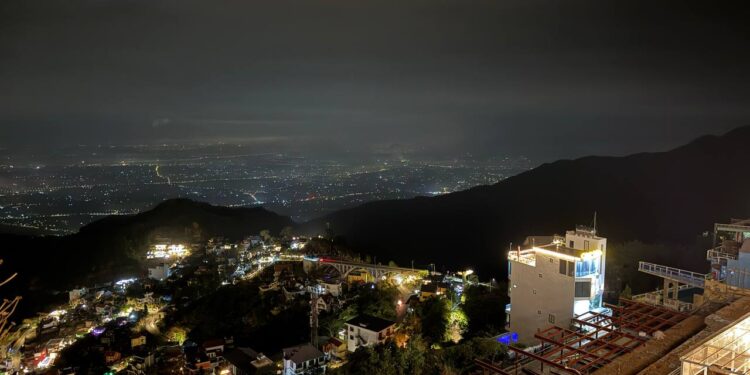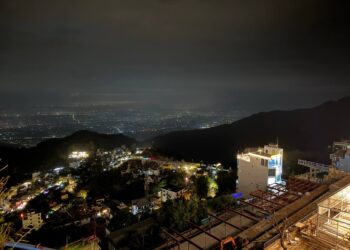2024 Update: the Vietnam government introduced a new 90-day e-visa that lets you enter Vietnam much more easily and stay longer than was possible before! You can find the latest details under the visa section.
Vietnam is one of the most popular backpacking destinations in Asia — and with good reason.
Its epic natural sites, mouth-watering food, insanely bustling cities, distinct culture, and low cost have drawn backpackers and holidayers alike for decades.
But it’s worth planning your Vietnam trip well, especially if you want to have a more authentic experience!
The truth is that Vietnam has a bit of a reputation for tourist traps and some overcommercialized sights. But it also has some of Asia’s most amazing and authentic experiences. How you travel will hugely affect your impressions of this beautiful country.

I’ve done two month-long trips in Vietnam, both following a north-to-south route. My first trip followed more or less the typical Vietnam itinerary, while my second trip (a few years later) was more focused on going off the beaten track.
While my first trip made me think of Vietnam as a bit too commercialized in places, my second trip gave me a whole other perspective, easily turning it into one of my favorite destinations.
How to plan a route
There are a lot of places to explore in Vietnam and it’s impossible to cover them all in one trip. In this map below, I show some of the most common travel destinations:
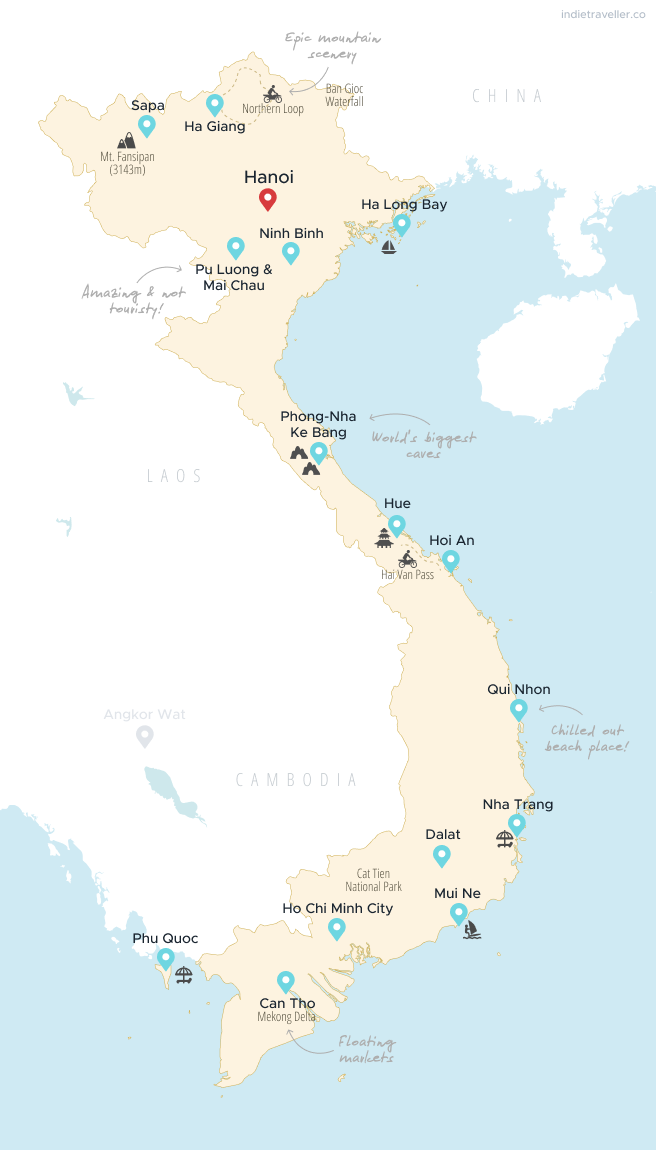
How much time needed
If you want to do the north, center, and south of Vietnam, honestly the more time you have available the better.
This country is bigger than you might realize from seeing its thin shape at a glance!
Vietnam’s length is similar to that of Japan including Hokkaido or almost the entire West Coast of the USA. The total driving distance from the north to south tip is more than 40 hours.
Keep these distances in mind when planning your trip. Night buses and overnight trains can be a good way to efficiently cover more ground and they’re very budget-friendly too. I’ll talk more about this later.
Despite its considerable size, many travelers try to cover the whole length of the country in one trip. To do such an itinerary justice I think you need at least 3 weeks but ideally 4 weeks.
Even if you have 3 or 4 weeks to spend, you will probably have some tough decisions to make on what to include in your route.
Planning a shorter trip
If you have only one or two weeks in Vietnam, then consider focusing on just the north + center, or the center + south. There’s no shame in doing fewer things but doing them properly!
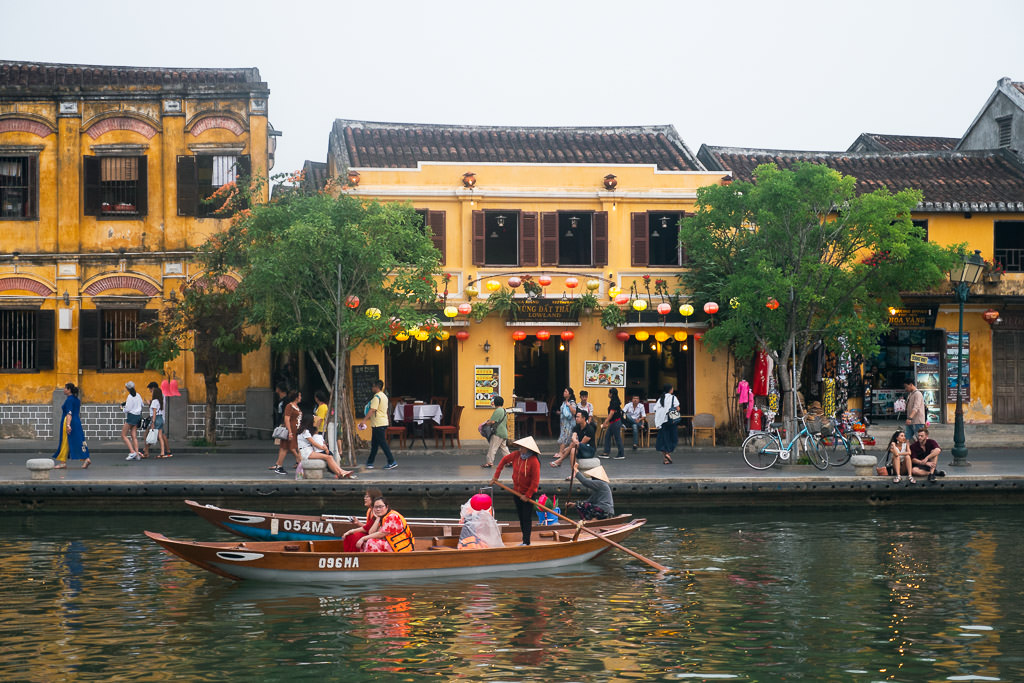
On my first backpacking trip in Vietnam, I actually didn’t see much in the north. It was still very cold and misty there in December, so I skipped entirely over some popular places in the north like Sapa.
On my second trip, I skipped a lot in the south instead. I just felt more like seeing the northern mountains than the southern beaches. In both cases, I had an amazing time.
All I’m saying is that you don’t necessarily need to include everything to have an incredible trip. It is possible to create a trip that’s focused on just a part of Vietnam.
Places to visit in Vietnam
Some places in Vietnam are very popular and most people end up including them in their itinerary. The main ones are:
- The capital Hanoi
- The northern mountainous region, usually the town of Sapa, which is famous for its rice terraces and mountain treks
- The archipelago of Ha Long Bay, a collection of thousands off small limestone islands of the coast that you can see as part of a sailing trip
- The cute riverside town of Hoi An — super touristy but still a very atmospheric town with many things to do
- The imperial city of Hue, home to many temples and pagodas
- The cosmopolitan southern city of Ho Chi Minh City (a.k.a. Saigon)
- A trip to the Mekong Delta. Here you can see floating markets on the rivers, where loads of little boats converge to sell fruits and vegetables.
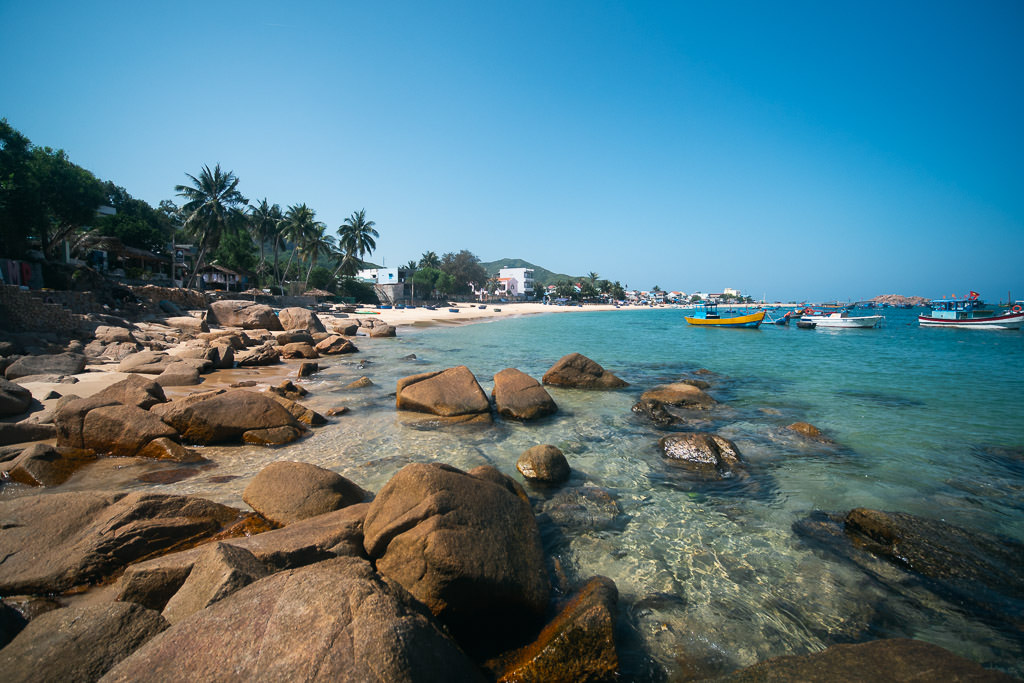
Many backpackers also stop by the seaside resorts of Nha Trang or Mui Ne. These places sometimes get mixed reviews — honestly, they’re nothing mindblowing, but they can be fun unpretentious places to party or hang by a swimming pool. I’ve enjoyed the quieter beaches around Qui Nhon and there are some decent beaches around Hoi An as well.
Some places are not in every itinerary but I think they are awesome and highly worth visiting, such as:
- Ninh Binh, sometimes called the Ha Long Bay on land
- Phong Nha, home to the world’s largest caves
- Ha Giang Province, a stunning mountainous region best explored by motorbike
Heading north or south?
When you meet backpackers in Vietnam, one of the first questions you’ll surely hear is “are you going north or south?”.
Because of its elongated shape, it just makes sense to travel from Hanoi to Ho Chi Minh City (a.k.a. Saigon) or the other way around.
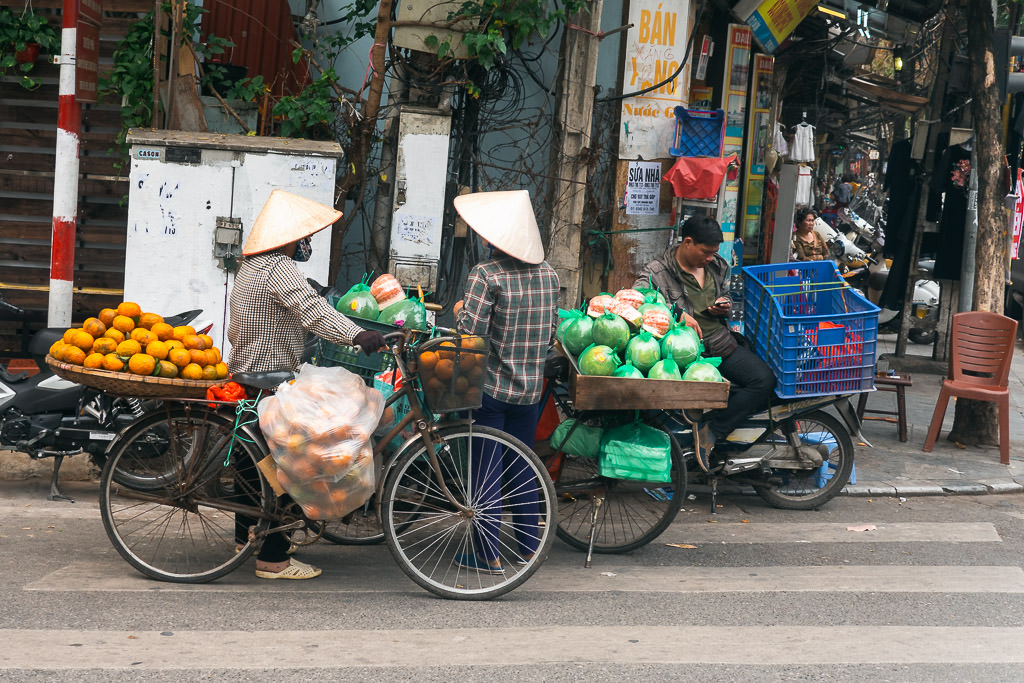
Personally, I prefer going north-to-south. That’s in part because the north is just a great place to start. The weather will also get more tropical as you go south, so you can reward yourself with some beach time towards the end of your trip. Plenty of backpackers do it south to north, though.
The topography of Vietnam makes it a great place to be a solo traveller. People generally move in only one of two directions, so it’s easy to make friends and continue to see familiar faces whichever way you go.
Getting your Vietnam visa
You need a visa to enter Vietnam. In 2023 Vietnam changed its visa system, making it way easier and more flexible.
- The new e-visa lets you stay for up to 90 days
- It can be used to enter Vietnam multiple times using any airport or overland border.
- It costs $25 for a single entry or $50 for a multiple-entry visa
You can apply for an e-visa here. (Be sure to switch the site to English in the top menu.) There are still some agencies that can help you with traditional visa requests, but this won’t be necessary for an e-visa.
For a select group of countries, there is also a visa exemption. For example, travellers from Denmark, Finland, France, Germany, Italy, Norway, Spain, Sweden and the UK do not need a visa at all and can stay visa-free for up to 45 days. You can check the full list of visa-exempted countries. If you need to stay longer, you can get the e-visa instead.
Getting your insurance
Travelling in Vietnam can be a little adventurous: you might even find yourself jungle hiking, riding motorbikes through crazy traffic, maybe trying out scuba diving or kite surfing in Mui Ne.
But unforeseen situations can really happen anywhere, which is why I always recommend getting travel insurance. That way, you’ll be covered in cases of theft, medical emergencies, cancellation, and much more.
I use Heymondo, which has some great flexible backpacker insurance. Their default maximum trip length is 60 days, but they also offer insurance for long-term travel or the option to extend your plan during your trip.
Avoiding the tourist traps
Okay, time for what might be the most important section of this guide!
To tell you the truth, Vietnam doesn’t always give the best first impression. Ha Long Bay and the Mekong Delta can easily feel like ‘tour factory’ destinations. Some tourist hotspots are also overdeveloped. This can easily give you the wrong impression of Vietnam.
When I ‘did’ Vietnam the first time, it sort of subjectively felt like a 7/10 destination. Some things were pretty awesome, but I also wasn’t immediately dying to go back. When I eventually did revisit Vietnam, it easily became a 9/10 for me.
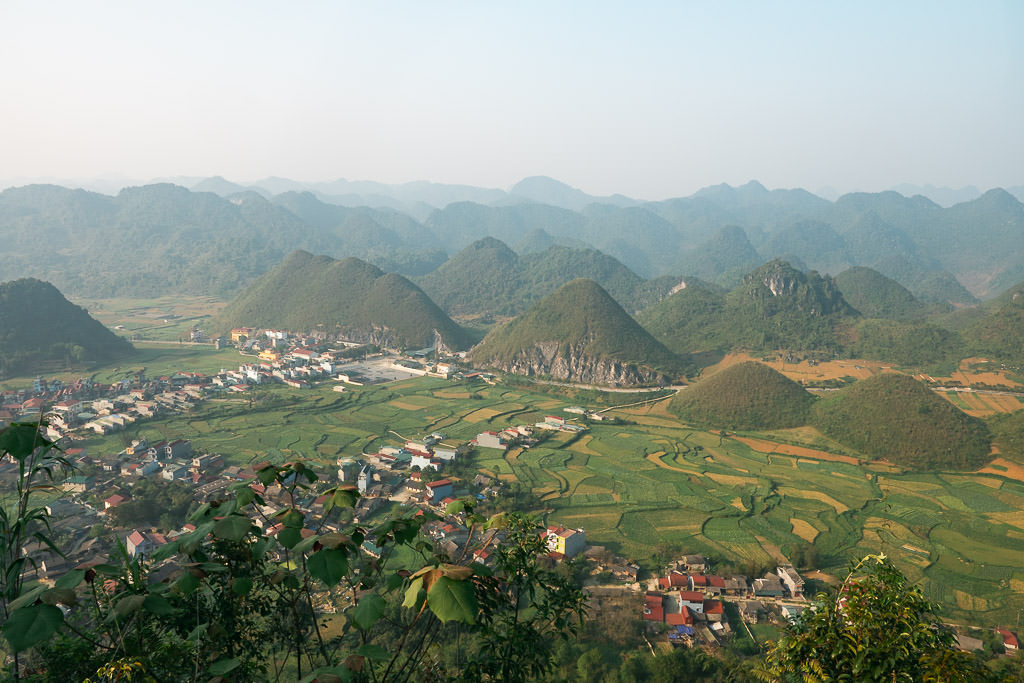
I realized that certain experiences like the Ha Long Bay cruises have really been packaged for the masses, focusing on quantity over quality. If you don’t go with a high-rated tour, you might find yourself getting shuffled around like cattle, mixed in with other groups, or led by impatient and humorless guides. Scammers and pushy salesmen are also an issue in some of the tourist hotspots.
Luckily, by exploring independently or taking alternative tours, you will often have a much better time.
And chances are, you’ll get to know a way more welcoming and friendly side of Vietnam.
The following tips can help you avoid Vietnam’s main tourist traps…
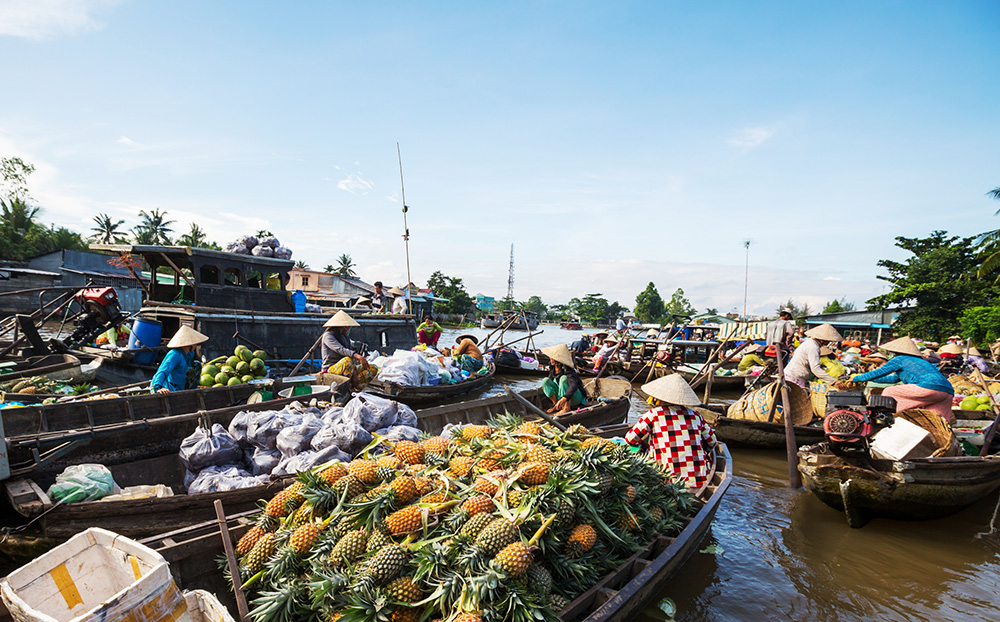
Mekong Delta tours
The Mekong Delta region is a vast maze of rivers, rice paddies and riverine islands in southern Vietnam. The typical way to visit is with organized trips, either day-trips from Saigon or 2-day tours.
These usually include a brief visit to the floating markets of Can Tho, a staged photo opportunity where you wear a conical hat while paddling through a bit of bamboo forest, as well as a few other touristy sights. It’s fun, but not that authentic. If you do them as a day trip from Ho Chi Minh City, it’s also a long day with a lot of driving.
A better way to do it: make your way to the city of Can Tho and stay a night in the Green Sunshine Homestay (or find other accommodation). At the homestay you can have breakfast on the river and do a local floating markets tour through them. By starting early, you’ll beat all the daytrippers and will experience the true hustle and bustle of the market during the early hours.
In the afternoon, you can rent a motorbike or bicycle and explore the rice fields by yourself. You’ll get a true taste of rural life in Vietnam and the riverine landscapes of the Mekong Delta.
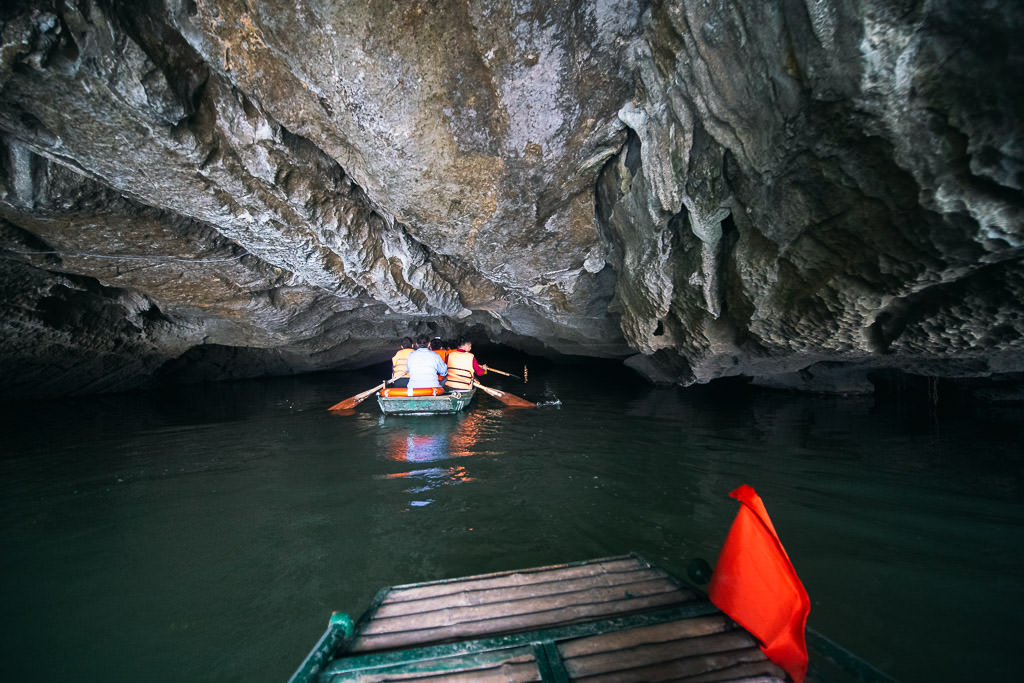
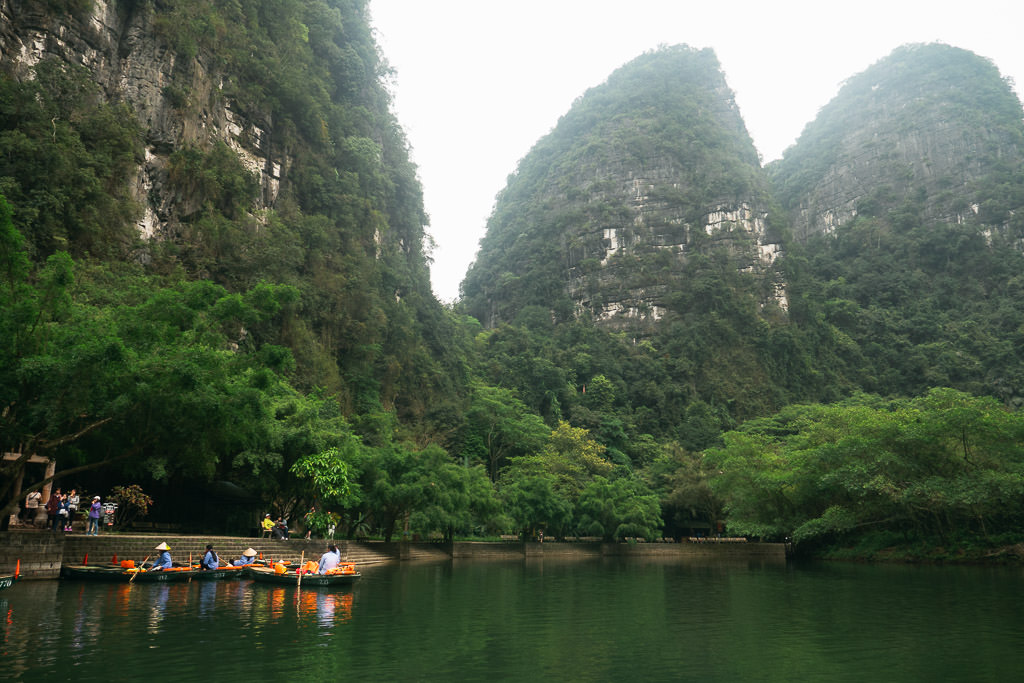
Tam Coc boat rides
The karst landscapes of Ninh Binh are sometimes called the ‘Ha Long Bay on land’. While the mountains are a bit smaller (and, obviously, on land) I think the area here is one of the real highlights of Vietnam. I have an in-depth guide to Ninh Binh, but will share my main tip here.
The popular riverboat ride in Tam Coc is known to be a bad tourist trap with a lot of scammy behaviour from the boat drivers. Every backpacker has some different story about how they were forced to buy things or got a ton of grief for not giving more money.
A better way to do it: ignore the Tam Coc tourist trap and go for the better Trang An boat ride. This one starts about 20 minutes further north (and not inside the town). It’s best to choose the longer Route 1, while most day-trippers and groups take the shorter Route 2 or Route 3. It’s an amazing experience with none of the hassle.
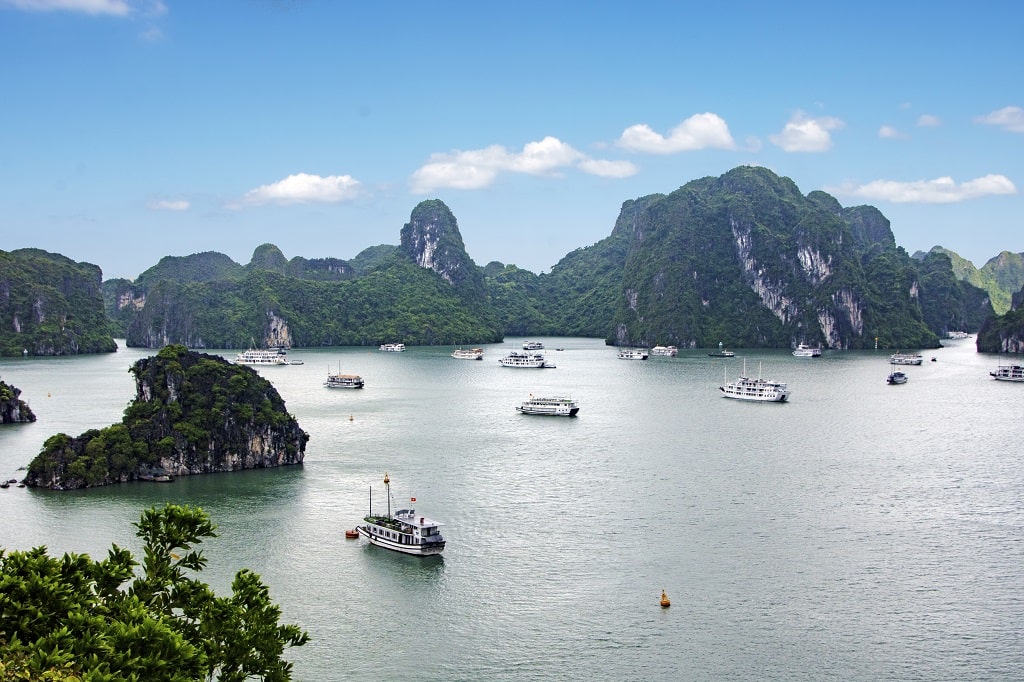
Halong Bay cruises
Nearly everyone on their first visit to Vietnam wants to see Halong Bay, so there are tons of companies running tours there of varying quality. The location is magnificent and worth seeing, but the overall experience will depend hugely on the tour company. Since it’s on the water you can’t do it independently; you have to go on an organized boat tour or cruise. This limits your options a bit, but there are still some ways to have a slightly different Ha Long Bay experience.
A better way to do it: Inform yourself about the tour options and their routes. Consider tours that include Bai Tu Long Bay or Lan Ha Bay. These bays are a bit further out so they don’t have as many boats. You could also choose to stay on Cat Ba Island (the big island near Halong Bay) and take a day trip from there in the morning — you might just beat the rush of tourists coming in from further away like Hanoi. You can book a trip to Lan Ha Bay starting in Hanoi here.
Most travelers agree that Halong Bay is pretty epic, but know that it’s getting busier every year. As long as you don’t expect to be alone, you can enjoy the experience.
How to get around in Vietnam
Getting around in Vietnam usually isn’t too difficult. It has a great bus network and the Reunification Express railway running from Hanoi to Saigon also lets you easily cover a lot of miles.
That’s not to say your journeys will always be comfortable though; local buses can be slow and most night buses have awkward bunk beds with not much leg space. Sometimes it’s worth spending a bit more on a 1st class train ticket or ‘VIP’ bus service for a bit more comfort if you have the budget.
How to book buses or minivans
Bus services in Vietnam are run by hundreds of different companies. Luckily, local specialized booking sites like 12Go Asia and Baolau.com make it easy to book buses, trains, ferries, or minibuses online.
Do keep in mind there is no centralized booking system in Vietnam. In most cases reservations are not instant; the booking site has to manually call the bus operators to confirm. That’s why it can still take a few hours after booking to receive the actual ticket in your e-mail, so don’t leave it to the last minute!
Another way to book is via your hotel or hostel reception (who will make a call for you) or at any of the small ticket agents that you’ll inevitably find in any place that any tourists go.
How to book trains
The trains in Vietnam do have a central booking system. In fact, you can now only book trains online.
Trains are slower and somewhat more expensive than buses but, if you ask me, they’re also much more comfortable. I’ve caught far more sleep on night trains than on any of the buses. They’re also a cool way to travel!
Upon booking, you’ll be sent a PDF document with a QR code and your carriage and seat number. You can simply show this on your phone to the attendant. Every carriage has its own attendant, so there’s always someone to help you find your seat.
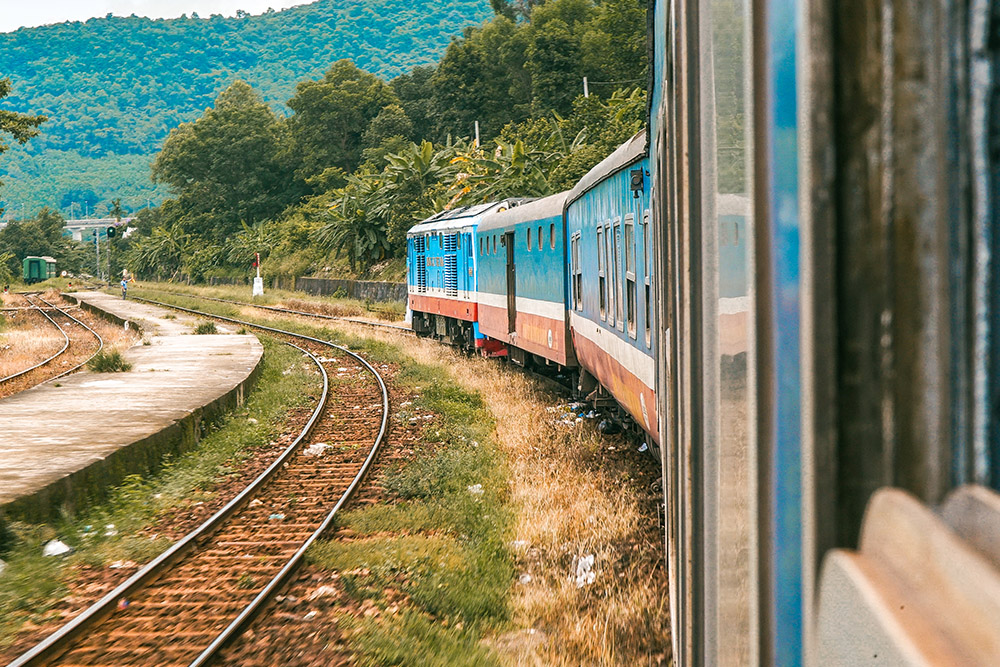
Note that you can’t book trains directly with Vietnam Railway as they still only accept Vietnamese payment methods, so you have to book with a booking platform like 12Go Asia (they charge a 40,000 dong commission).
It’s best to book trains at least one or two days ahead of time, as they do fill up pretty quickly. There are no hop-on-hop-off tickets for the train, so you’ll have to buy individual tickets for each part of your journey.
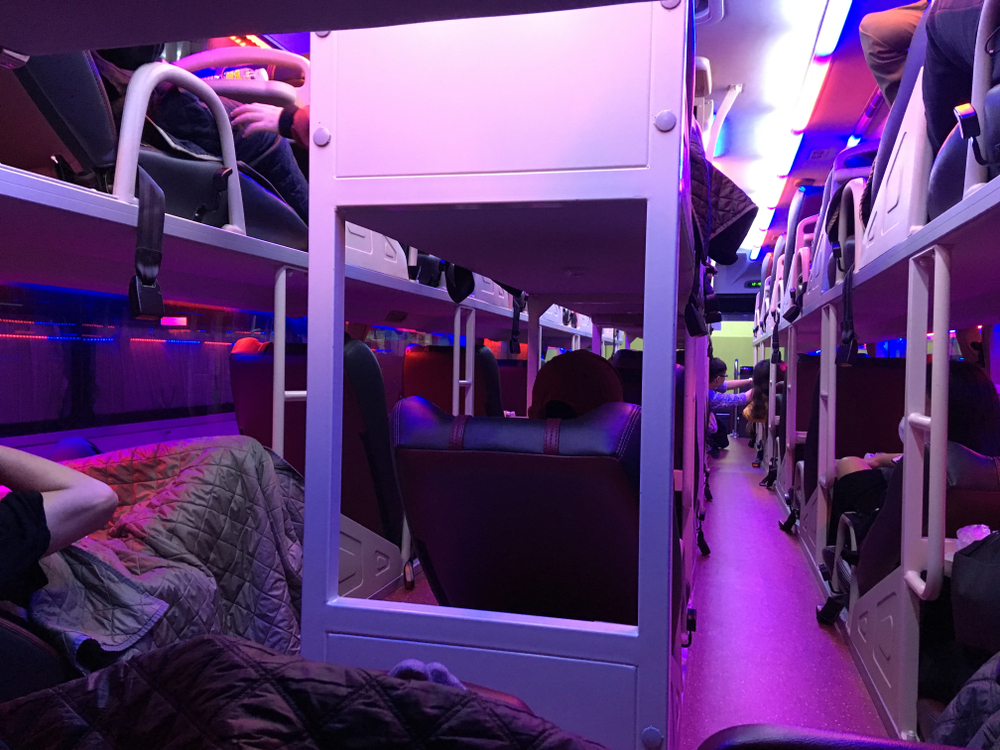
Traveling at night — is it worth it?
Yes, I think it’s often worth it in Vietnam. Many backpackers travel overnight, which makes sense given some of the distances involved. Travelling at night can save you time and money: you’ll spend fewer waking hours in transit and you get to save a night’s accommodation.
But be warned that not all forms of night travel are very comfortable!
Normal night buses: Vietnamese night buses typically have 3 rows of bunk beds stacked two levels high. The beds have a plastic casing around them which is quite restrictive especially if you are tall. There are usually no toilets, so the bus has to take regular toilet breaks that interrupt the journey. At the back, there is usually a large flat space that will accommodate about four people. These may seem like prized spots at first, but the lack of barriers will make you move constantly and may lead to involuntary spooning of some unwashed stranger.
What I’m saying here is that the regular night buses aren’t all that great. But… they’ll get you there.
VIP/luxury night buses: Unless you’re traveling on a very tight budget, be sure to keep an eye out for any upgraded ‘VIP’ buses, which operate between only some destinations. I took one of these from Hanoi to Ha Giang, for example. For just $8 more I got myself a private cabin with a comfy massage bed, USB chargers, snacks, A/C, and more. I thought this was 100% worth it.
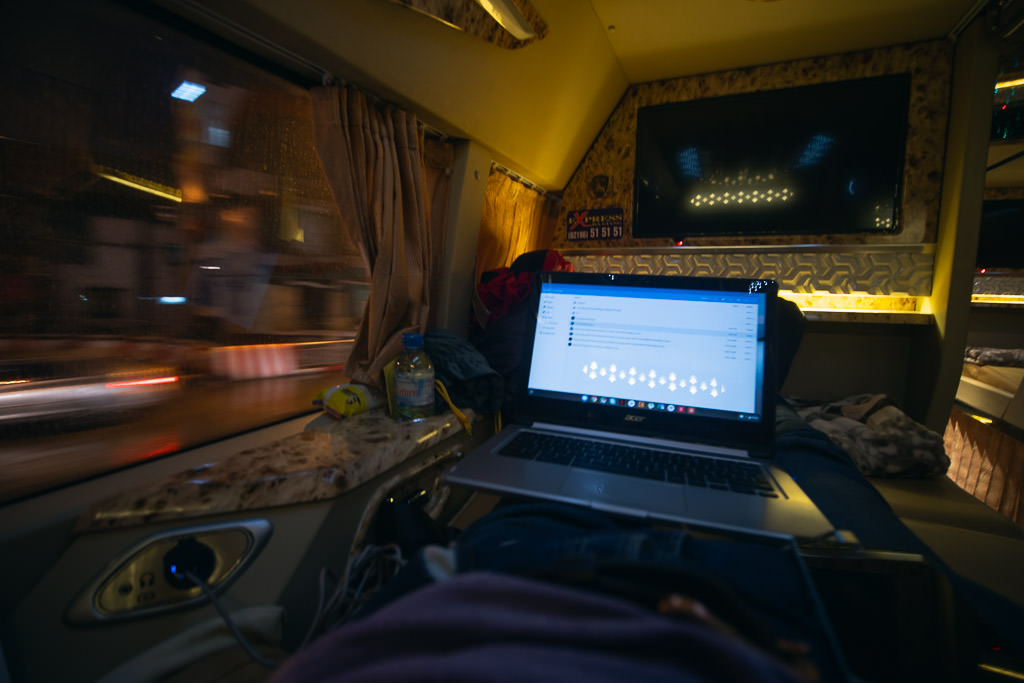
Night trains: There is a choice from various classes of seats and beds on the Reunification Express. The 2nd class berths have 6 beds in them. They’re quite cramped and there’s not enough room to sit upright. They also might have people sleeping on stretchers in the hallway outside and I’ve also seen certain, uhh, six-legged insects crawling around the 2nd class carriages (sorry… I thought you should know). The 1st class (soft sleeper) carriages have 4 beds and are a lot more comfortable and clean. 2nd class is probably fine for a budget backpacker, but the 1st class upgrade is worth it if you can spare just a bit of extra dong.
Hop-on-hop-off buses — are they worth it?
Several operators sell hop-on-hop-off bus passes for Vietnam. This means you can travel the full length of the country (between Hanoi and Saigon) on one ticket heading in one direction.
That may sound convenient, but it does reduce your flexibility a lot. Friends of mine did this but felt constantly restricted in which buses they could use. They were also unable to switch to trains or minivans for particular legs of the journey where these would have been more convenient.
I’ve always booked my transportation one step at a time. Even if the hop-on-hop-off ticket is slightly cheaper overall, it’s not so great to have to lock yourself in. In my opinion, this makes them not really worth it.
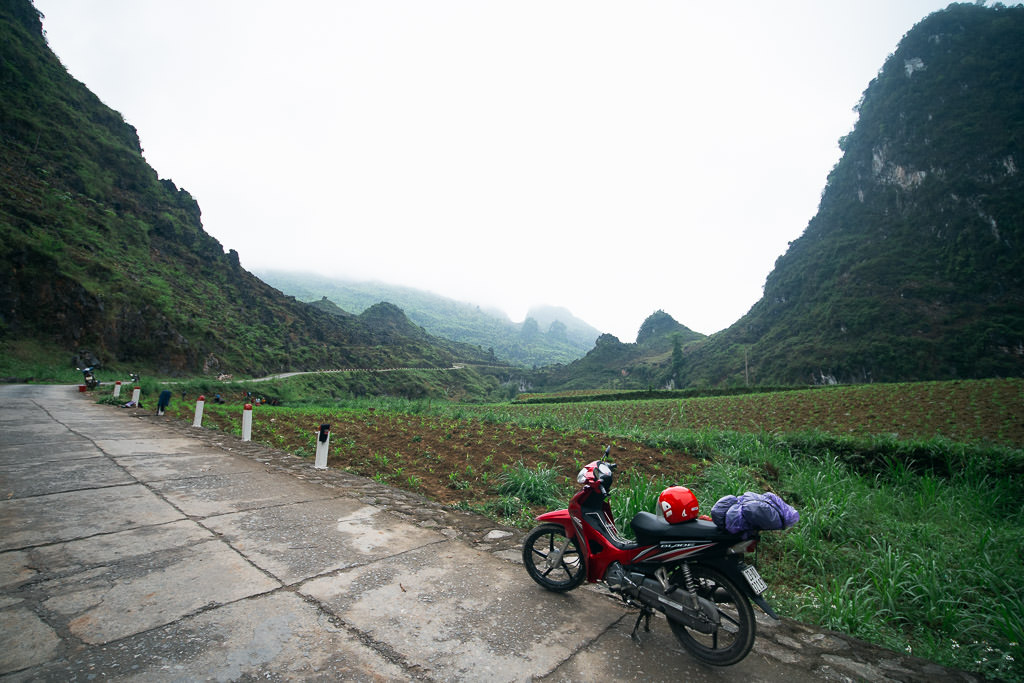
Motorbiking in Vietnam
Arguably the best way to explore Vietnam is by motorbike. The feeling of freedom you’ll get is amazing. You’ll also be able to go off the usual travel circuit, getting you much closer to the real country of Vietnam.
There is an active second-hand market with travelers (and locals) buying and selling motorbikes. It’s not too difficult to find one in Hanoi or Ho Chi Minh City, the common starting points for a journey.
Some companies even specifically target motorbike travelers with rental or tour services. One of the first companies to do this was Easy Riders (and there are now many copycats with similar names). If you don’t know how to drive, these let you rent motorbikes with drivers.
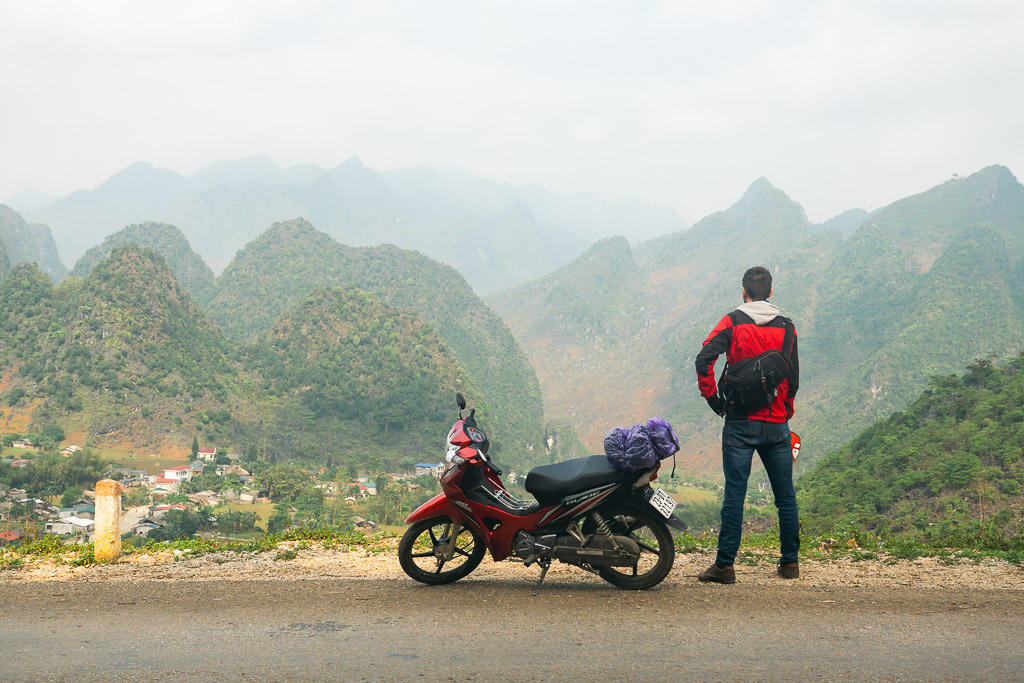
Even if you’re not doing a grand tour of Vietnam, it’s great to rent motorbikes for a few days here and there in each location. Scooters (by which I mean small motorbikes) are the most common mode of transportation in Vietnam and so you can rent them pretty much everywhere. This usually costs around 100,000 VND per day, but it depends on the type of bike.
Several scenic routes are especially popular with self-drive travelers. Consider for example the incredible Ha Giang loop in the north, or the Hai Van pass in central Vietnam. The local blog Vietnam Coracle is a fantastic resource describing many more alternative routes. You’ll also find many tips in our guide to motorbiking accross Vietnam.
Taxis & local transportation
Local taxis are inexpensive by Western standards — but do keep an eye on the meter, as not all drivers are honest! An easy way to book taxis or motorbikes is the Grab app. It will also help with the language barrier as you can simply type in your destination. With Grab you still pay in cash, but hail taxis via the app in a manner similar to Uber or Lyft.
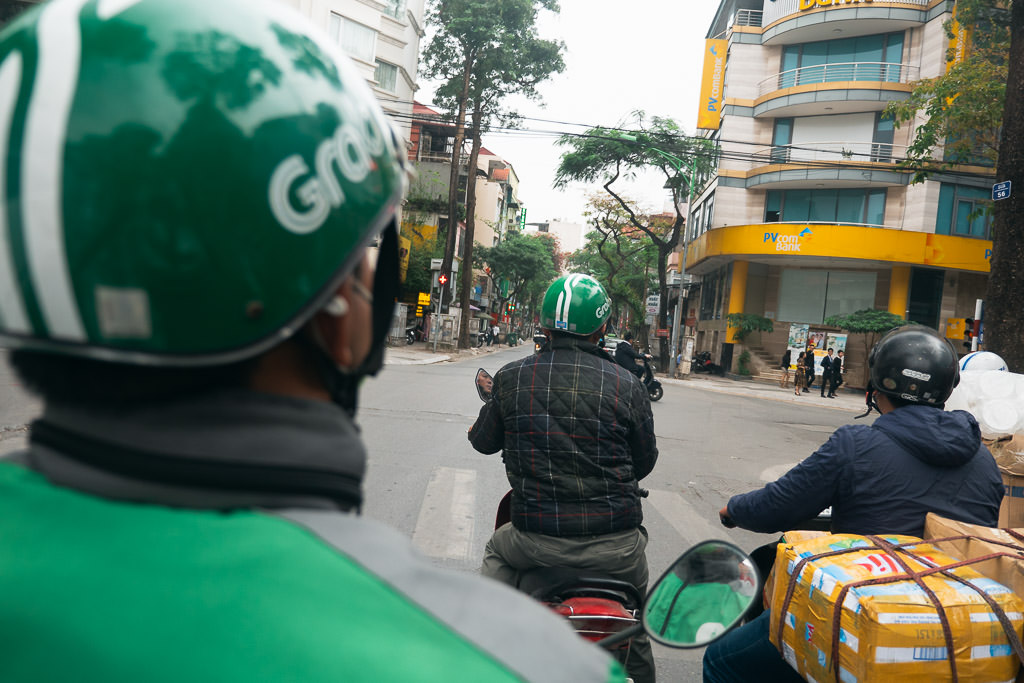
Finding hostels & hotels
Accommodation is very cheap in Vietnam. You can already get a great private room for around $20 per night, or a dorm bed under $10.
Hostelworld is always the best site to check if you’re intending to stay in backpacker hostels. The best hotel booking sites, in my opinion, are Booking.com and Agoda, as they list a lot of smaller and cheaper places.
One important thing: words like ‘homestay’ or ‘eco-resort’ are used pretty liberally in Vietnam. Often this is just empty marketing used by regular hotels or guesthouses. For example, while there are real family-style homestay experiences, some ‘homestays’ are just commercial hotels or bungalows. And nothing might be particularly ‘eco’ about a place except that it’s just near some nature. Check the descriptions so you know what to expect.
Best time to go to Vietnam
You can’t go to Vietnam expecting the weather conditions to be ‘perfect’ if you’re going to travel all of it.
There’s no way getting around the fact that the climate is just very different in the north, center, and south, which are very geographically separated.
While much of the country is tropical, keep in mind the north is in a temperate zone. Expect the mountainous north to be a little cold in winter. Even in autumn or spring it can be a bit cold at night. Pack a hoodie, and maybe a jacket for winter. If you’re going in summer, expect it to be very hot and humid.
The north also tends to be quite cloudy and misty for much of the year (because of both weather and smog). The best chance of clear skies in Halong Bay is in April to June, and September/October.
For central and south Vietnam, the wet season is something to keep in mind. For central Vietnam (e.g. Hoi An, Hue, Da Nang) this is in October / November. In the south (e.g. Ho Chi Minh City) it’s May until October.
Best beaches in Vietnam
If you’re hoping for super dreamy beaches that look straight out of a travel magazine (or influencer’s feed), then Vietnam is maybe not the first place to look.
While the beaches can be quite nice, in my opinion they’re nothing like the unspoiled and stunning beaches you can more easily find in Malaysia, Indonesia, or The Philippines.
Not to sound negative — it’s just my honest opinion. If you’re coming for Vietnam just for beaches maybe it’s not the ideal place to go, but if you just want to add some relaxing beach time to a cultural trip in Vietnam, then there are many great beaches to choose from.
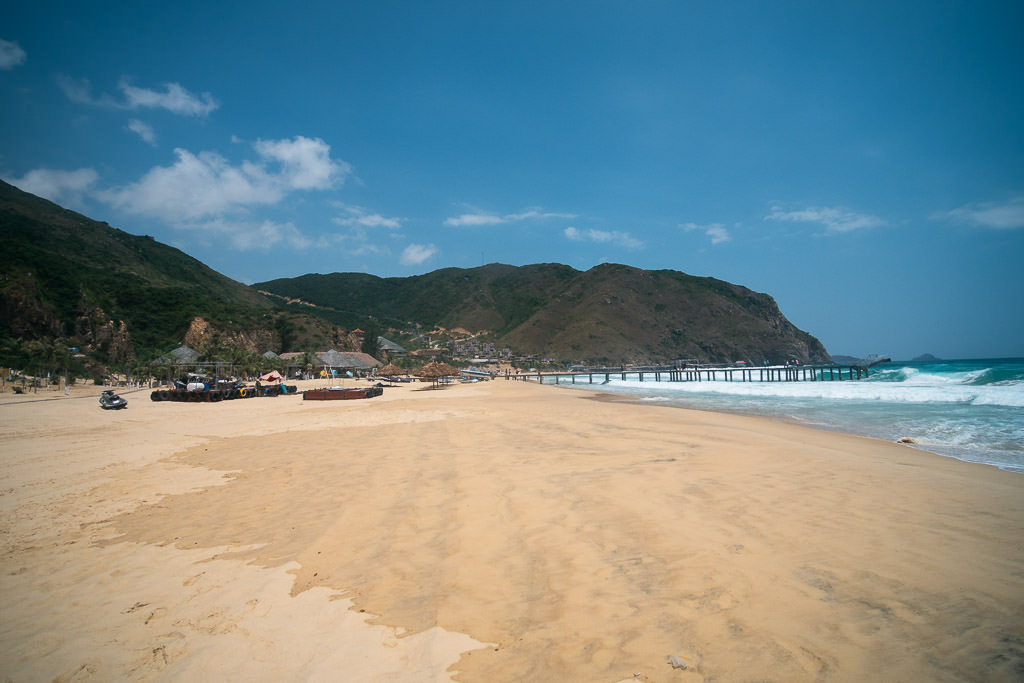
The top beach destinations tend to focus a lot on large-scale tourism.
Phu Quoc Island is a massive resort island (with big hotels, golf courses, its own airport, etc.) which maybe isn’t the vibe you might want as an independent traveller.
Mui Ne has only a thin strip of a beach, much of it paved with concrete blocks to prevent erosion.
Nha Trang meanwhile mainly targets Russian and Chinese package tourists, though it can be a fun place to party.
I like the beaches of Qui Nhon, which have more of a laidback vibe. Other travellers have recommended to me the island of Con Dao. The beaches near Hoi An or Da Nang can also be quite pleasant.
As far as snorkelling or scuba diving goes, in Vietnam it’s sadly just OK at best. There’s not a lot of life due to overfishing and visibility can leave much to be desired, at least compared to other spots around Southeast Asia. Keep your scuba diving budget for other countries, unless you’re just doing your training dives.
Food in Vietnam
Vietnamese food is simply amazing. But it’s not only about pho noodle soup or spring rolls! These are things you may already be familiar with from Vietnamese restaurants, but there is a whole other world of Vietnamese food to taste.
The best way to experience it is to dive headfirst into the street food. Sit down on one of the plastic chairs and point at anything that looks tasty.

Sadly, many backpackers end up ordering only bland or generic ‘chicken stir fry’ or ‘noodle soups’ from tourist menus. There’s nothing wrong with these, but there’s loads of other delicious stuff to try in Vietnam.
Parts of the country also have their own specialities. One of the best things you can do in Vietnam is to take a guided street food tour in Saigon or Hanoi, as this will give you an incredible crash course in all that’s there on offer.
Backpacking Vietnam: my impressions
I had a great time on both my journeys through Vietnam. However, my first introduction to Vietnam (when I was a less experienced backpacker) didn’t always go smoothly.
I was scammed more often than I’d ever been, including by a taxi driver trying to charge $80 worth of dong for a 5-minute trip (and getting aggressive when I refused), a restaurant switching their menu for another one with much higher prices, and many other such shenanigans. It made Vietnam feel less welcoming and soured my mood on many occasions.
On my second trip, I had no such difficulties and I discovered how kind and welcoming the Vietnamese truly are. Maybe I just knew to expect scams and annoyances this time and automatically avoided them, or maybe Vietnam has just chilled out a bit in more recent years. It also helps to have apps like Grab now so you can entirely avoid scammy taxi drivers.
All in all, I believe Vietnam is one of the most exciting destinations in Asia, especially from a cultural, culinary, and adventure point of view. It maybe doesn’t have the best beaches, but backpacking in Vietnam is about so many other things than that.
Consider places not yet touched by mass tourism like Ha Giang region, Phong-Nha, and the beaches around Qui Nhon. Or go on a homestay in Sapa, visit the national parks, embrace the chaos of Hanoi, or go on a motorbiking trip through rural Vietnam. I guarantee you will come back with some incredible memories.


